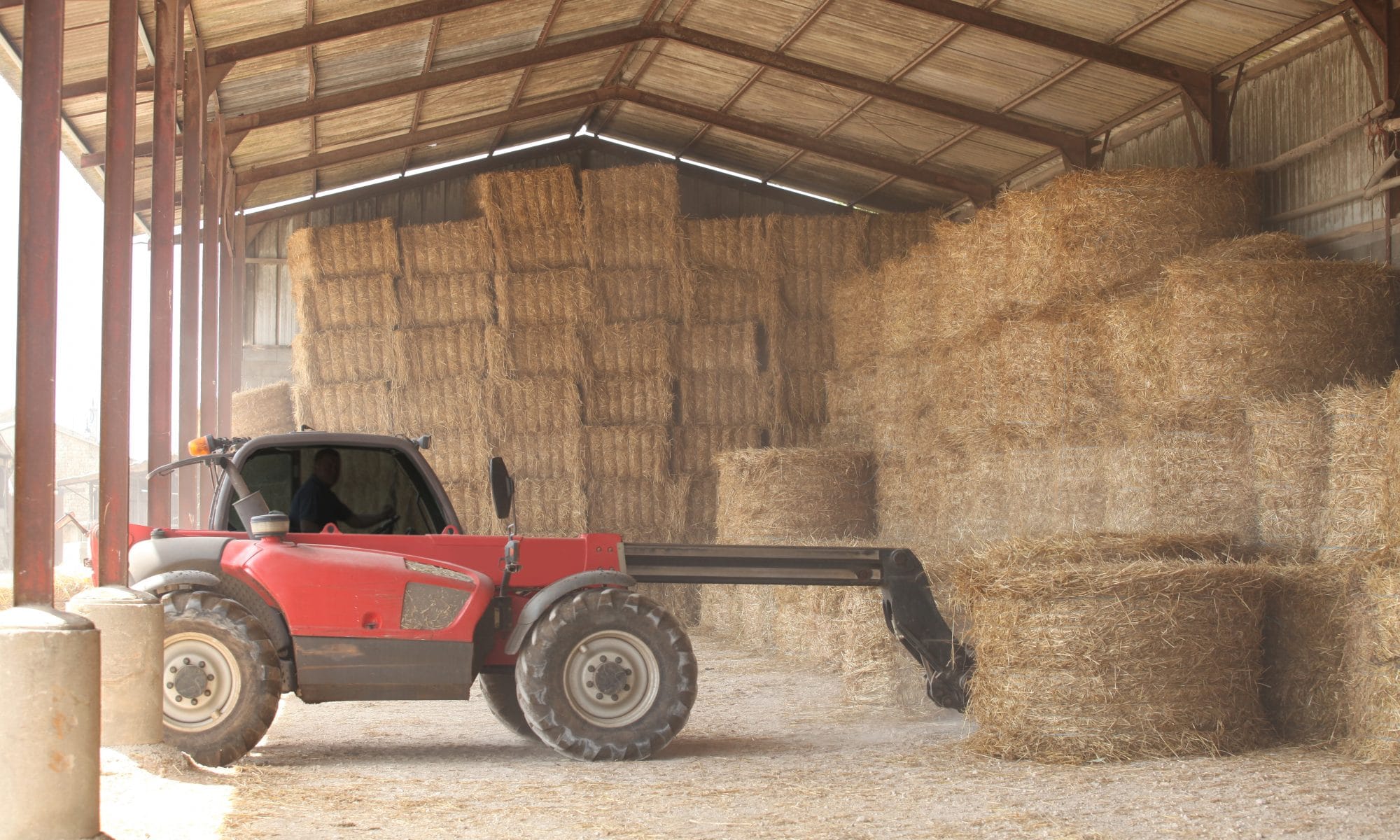The well-known saying is something along the lines of “You never know what the future holds.” We all know what that means. It is saying that you don’t know what will happen tomorrow, often encouraging us to not worry about what will happen because we can’t control it. And in some ways, the saying is correct. Certain things are out of my control, so I shouldn’t spend a lot of time fretting or worrying about things I can’t control. Let’s just see what happens and we will figure out what to do when the time gets here.
When it comes to our forage program, we don’t always have to wait to see what is going to happen, however. In fact, it is best to have exactly the opposite attitude. Think about what you want out of your forage program in the future, then put practices in place that will get you there. We can have a huge influence on what occurs in the future based on things we can do today. Here are a couple of examples of choices you may make over the next few months that can dramatically affect your forage future.
Which forage species you use. There may not be a more important choice in your operation than the species of forage crops you use. Using red and white clover in tall fescue will dramatically affect your fertilizer needs and your animal production. Choosing a warm-season forage to supplement tall fescue will impact your grazing management and possibly how long your tall fescue stands survive.
Scouting fields for weeds. A perfect of example of doing something now to impact future production is weed control. If you don’t scout fields now for weeds, then you may not realize you have a weed issue until it is too late to spray and the fields are blooming with weeds. A few minutes walking over your fields can help you determine if a timely application of herbicides now can improve your forage program in several months.
Forage testing your hay. Everyone knows that all hay is not equal in nutrient content. Early cut has is better than late cut hay. But without taking a sample of your hay and testing it for nutrient content, there is no way to know if you are meeting the nutrient needs of your animals during the winter. You shouldn’t wait until the last minute to get a forage test run. Do it now so that you can plan your winter feeding strategy.
There are plenty of things that happen on the farm that can’t be predicted. The name of the game is being flexible and adaptable. I guess that is one of the things that makes agriculture such an interesting field. But if you have the opportunity to change the future for the better, why not go ahead and do that. A little work now can make things much easier in the future.
